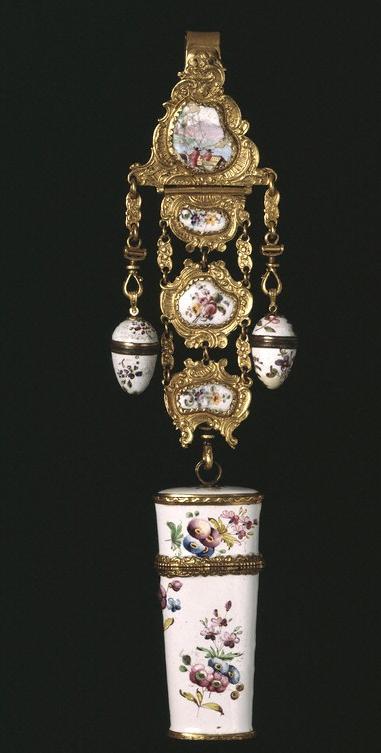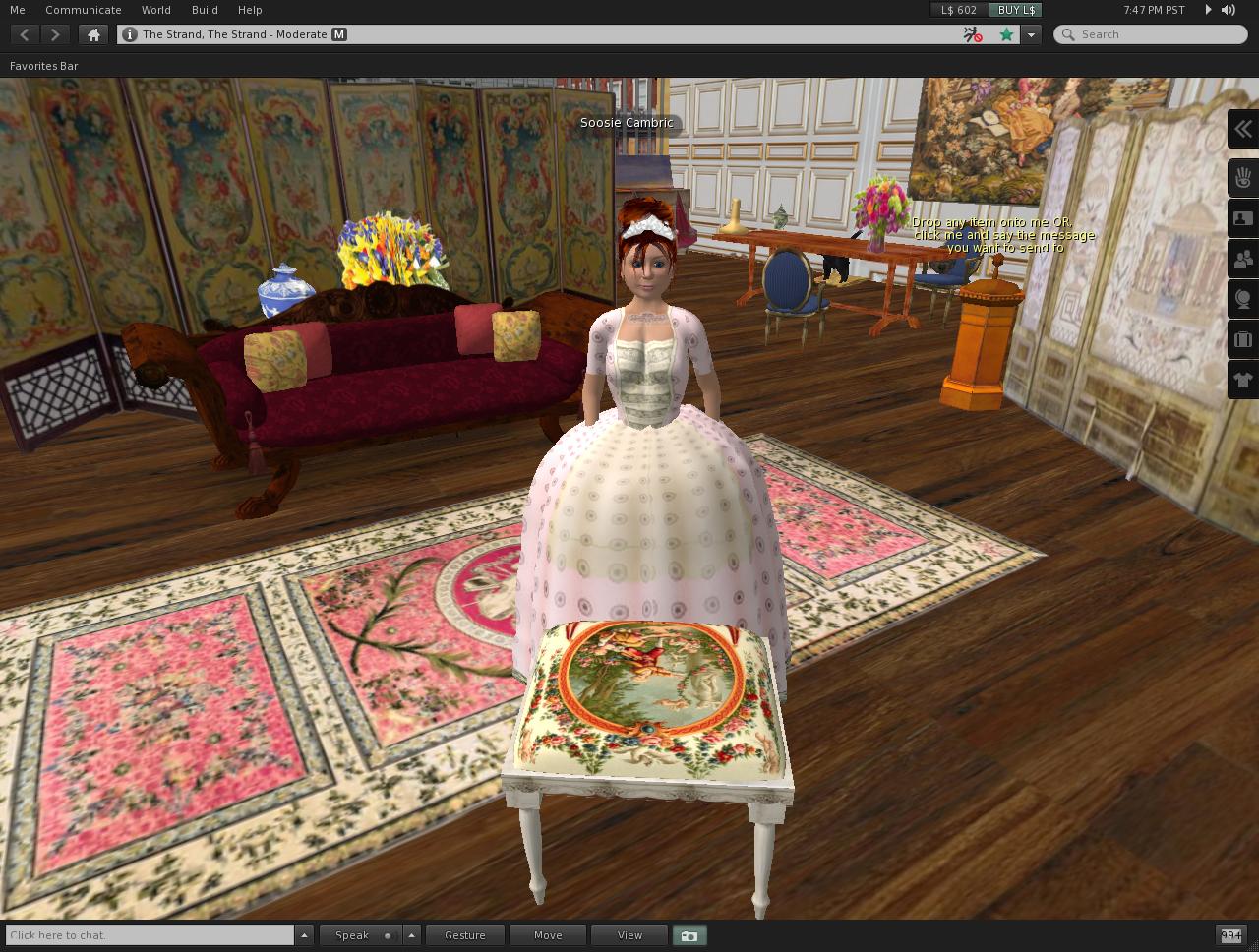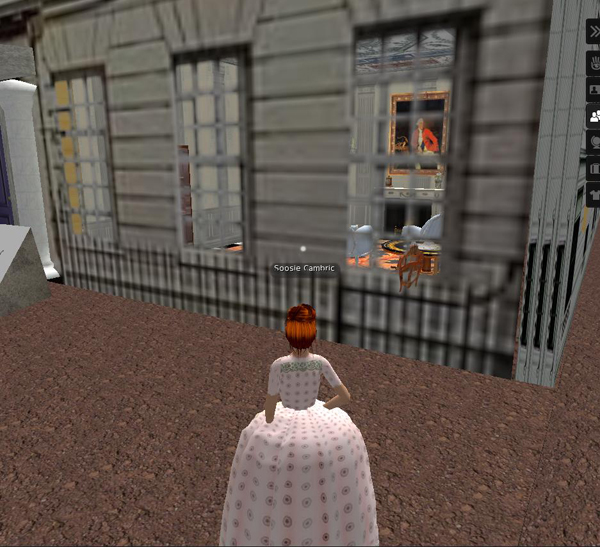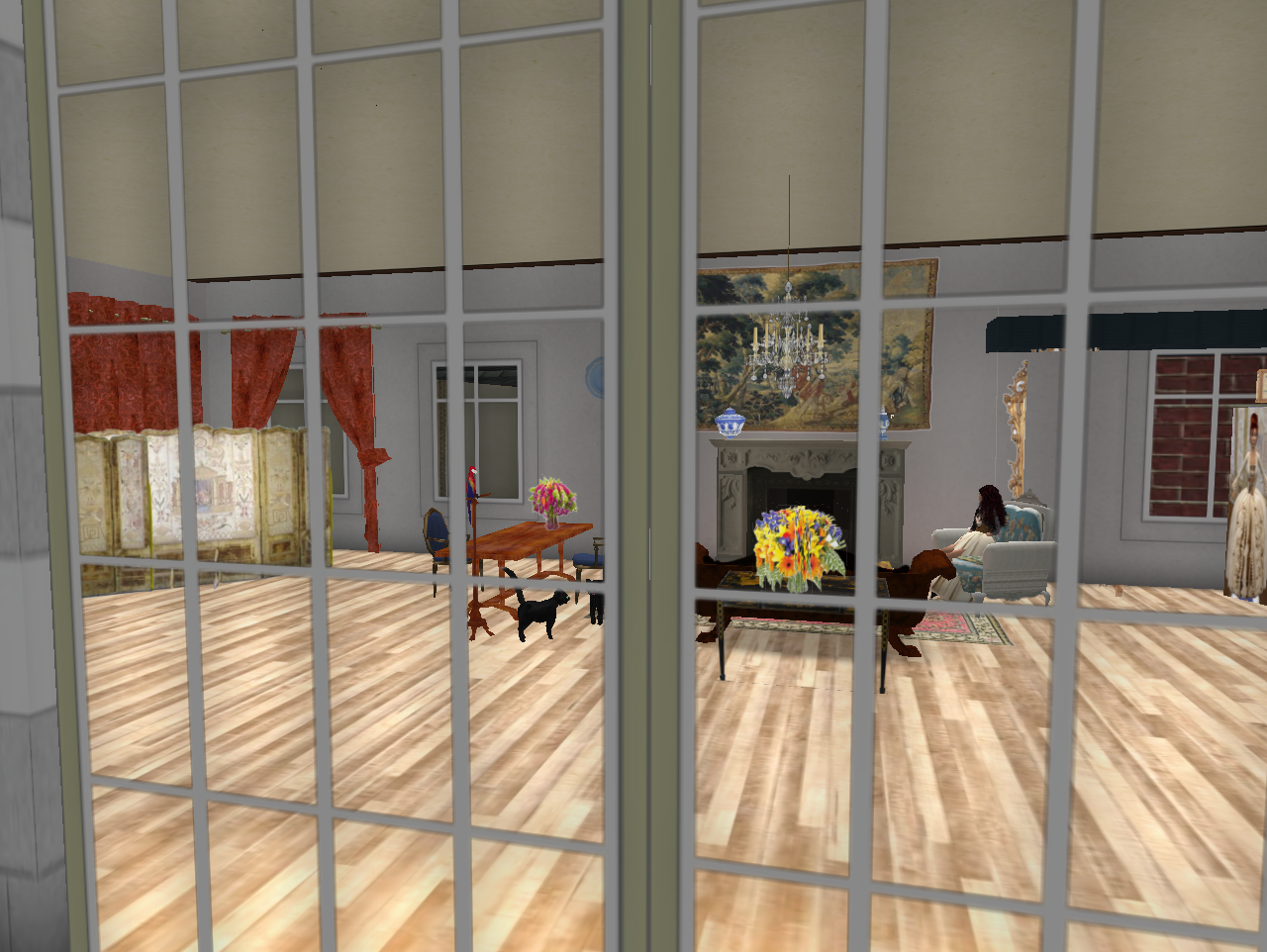In our tutorial on Monday we discussed the ideas behind love and marriage in Georgian London. We discussed the history and/or prospects of marriage from our Avatar’s point of view. Several things emerged from our conversation.
- Marriage was different for each class of society
- The notion of marriage for love was not the dominate idea but neither was strictly arranged marriages
- The average age was around 27 – I found this particulalry astounding as the modern world portrays later marriages as a modern concept – career first marriage later.
In the upper class marriage was a legal negotiation based on blood lines, titles, dowries and family obligations. Love was definitely not a consideration. That would “grow”. Daughters were groomed to be suitbale wives from birth; they were well educated and cultured, often more so than their husbands.
For the middling classes it was made on a good match – social status, financial prospects (not so much dowries as they were not substantial enough to be of a lifelong income), religion and propriety. Love was a consideration but my favourite was the directive to “Look for love where the money is.” and the fact that dauhgters and sometimes in conjunction with their mothers, often manipulated their fathers to achieve their own matches.
For the lower classes it still wasn’t entirely for love, they too had to ensure their financial future but there wasn’t the family obligations and blood line issues. It was more about what each person could bring to the household’s benefit. Marriage was often delayed until both parties had enough money earned through a trade or service to set up a new hosuehold.
Many women in the lower and middling classes opted not to marry, that way they kept all of their property and money, as when all women married what was theirs became their husbands. In fact they became the property of their husband!
My Avatar Phoebe Miller is a widow and plans to stay that way. She has taken her inheritance from her parents and turned it into a small fortune – so why would she marry?







